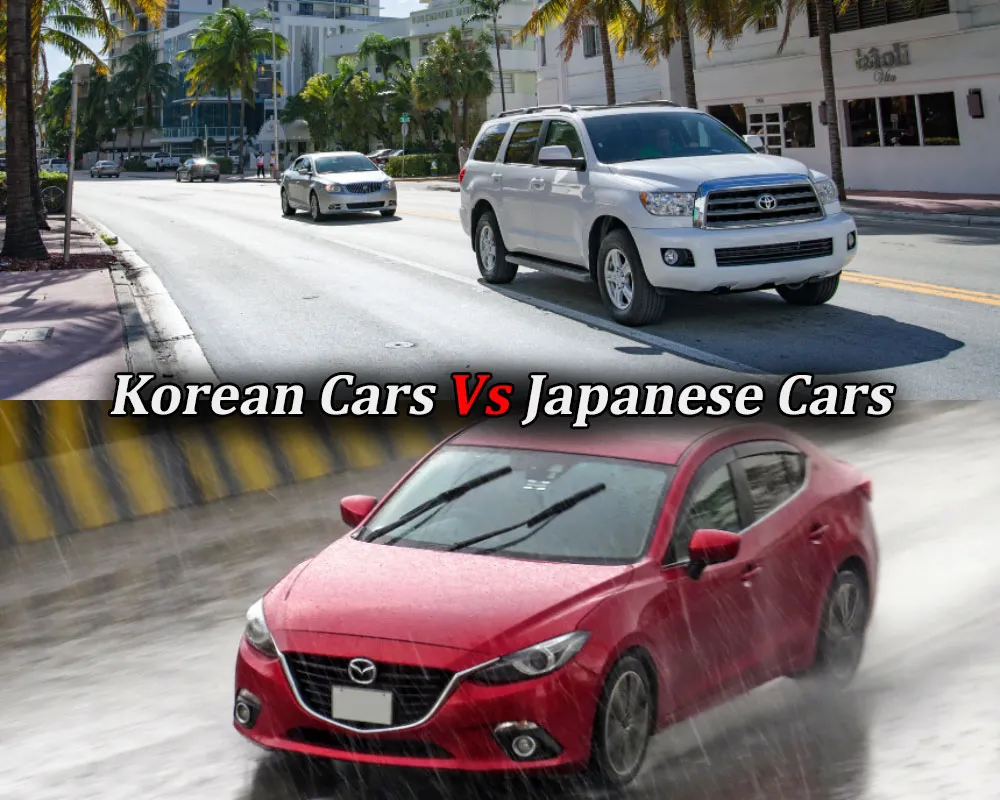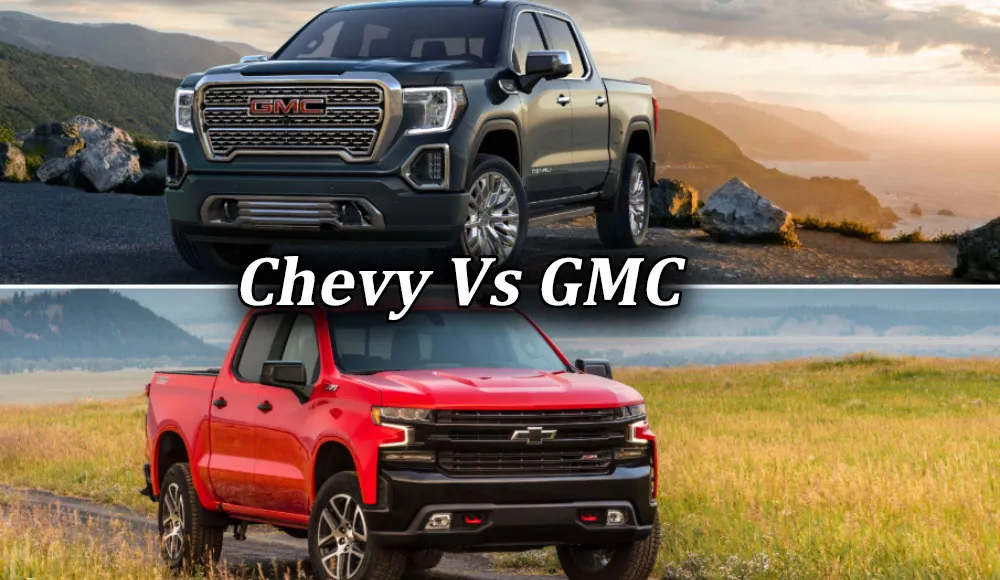As a car enthusiast and an avid blogger, I’ve always been fascinated by the ongoing rivalry between Korean and Japanese cars. Both nations have made significant strides in the automotive industry, each carving out a unique identity and a loyal fan base.
In this blog post, I aim to delve into the nuances of this rivalry, exploring the strengths, weaknesses, and distinct characteristics of both Korean and Japanese automobiles. Whether you’re a potential buyer or just a car aficionado like me, I hope this comparison gives you a deeper insight into these two automotive powerhouses.

Evolution of Korean and Japanese Automotive Industries
Let’s start with a bit of history. Korean car brands like Hyundai and Kia began their journey focusing on affordability and basic functionality. Over the years, they’ve remarkably upped their game, now offering models that compete in terms of luxury and technology. On the other hand, Japanese brands such as Toyota and Honda have long been synonymous with reliability and innovation. They set early benchmarks in the industry, pioneering in areas like hybrid technology and fuel efficiency.
Design and Aesthetics
When it comes to design, Korean cars have made incredible progress. Once considered plain, they now boast stylish and bold aesthetics. Hyundai’s ‘Fluidic Sculpture’ design philosophy is a testament to this transformation, emphasizing sleek lines and dynamic forms. Japanese cars, while often more conservative in design, focus on practicality and timeless appeal. The clean and minimalistic designs of brands like Toyota have appealed to a broad audience for decades.
Technology and Innovation
Technology is another battlefield. Korean cars have increasingly incorporated high-tech features, from advanced infotainment systems to cutting-edge safety technologies. Hyundai’s foray into electric vehicles with models like the Kona Electric signifies their commitment to innovation. Meanwhile, Japanese cars have been at the forefront of hybrid technology. The Toyota Prius, a pioneer in this field, remains a symbol of Japanese innovation in eco-friendly automotive technology.
Performance and Reliability
When I discuss cars with fellow enthusiasts, the conversation often turns to performance and reliability. Japanese cars have a long-standing reputation for reliability. Brands like Honda and Toyota are known for vehicles that last long and require minimal repairs. Korean cars, while having improved significantly, are still catching up in this regard. However, in terms of performance, both Korean and Japanese cars offer a wide range of options, from efficient city cars to high-performance sports vehicles.
Market Presence and Global Influence
Globally, Japanese cars have a more extensive footprint, with a solid presence in almost every country. They’ve been international players for longer, which reflects in their market share and brand recognition. Korean cars, however, have been rapidly expanding their global reach. Hyundai and Kia are now household names in many countries, challenging the dominance of Japanese brands.
Pricing and Affordability
On the pricing front, Korean cars traditionally had the upper hand, offering more affordable options. This aspect drew many budget-conscious buyers to brands like Kia. Japanese cars, while generally more expensive, justify their price tags with proven reliability and resale value. It’s a trade-off between upfront affordability and long-term value.
Consumer Loyalty and Brand Perception
Brand perception varies significantly. In many markets, Japanese cars are viewed as more reliable and prestigious. However, Korean cars have been changing this perception, with Hyundai and Kia gaining a reputation for quality and innovation. Consumer loyalty is strong for both, but for different reasons – reliability and value for Japanese cars, and affordability and modern features for Korean cars.
Future Outlook and Challenges
Looking ahead, both Korean and Japanese car manufacturers face challenges and opportunities. The shift towards electric and autonomous vehicles is a major frontier. Korean brands are aggressively investing in electric vehicle technology, while Japanese manufacturers continue to innovate in hybrid and hydrogen fuel cell technologies. The competition is fierce, and it’s exciting to think about what the future holds for both.
Conclusion
In conclusion, the choice between Korean and Japanese cars depends on what you value most – whether it’s cutting-edge design and technology, proven reliability, or cost-effectiveness. Both have their unique strengths and have significantly contributed to the global automotive landscape. As a car lover, I’m just excited to witness the continual evolution of these two automotive giants. Whichever side you lean towards, there’s no denying that both Korean and Japanese cars have something great to offer.


